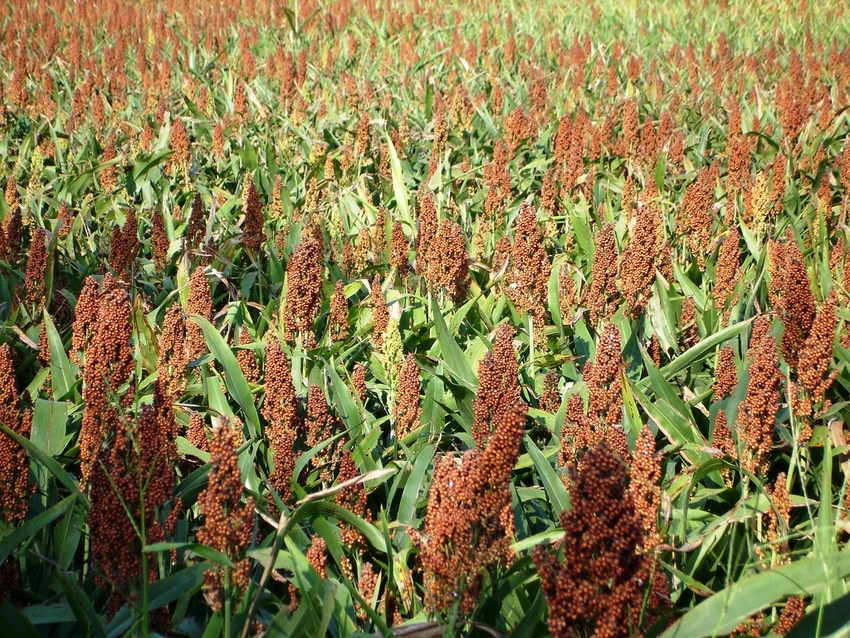July 2, 2019

Another month, another rain. In mid-June, on our standing Monday Team Sorghum staff call, Zach Simon, Sorghum Checkoff regional marketing director based in the Wichita, Kan., area, dejectedly reported receiving another 2.7 inches at his family farm over the weekend. The storm had moved out by then, but the next evening, it started raining again.
Such has been our spring in much of the U.S., which many flooded farmers have dubbed #noplant19 on Twitter. I’m pleased to report the Sorghum Belt’s luck has been somewhat more favorable this spring, but we’re by no means immune.
We’re almost all farm kids here at Team Sorghum, so make no mistake: Many prayers have been sent up from Lubbock and our six satellite offices this year. We’re all in this together, and no matter where farmers are or what crops they grow, we want to help wherever we can.
So, what are the options? The first thing I want to make farmers aware of — if they’re not already aware — is Sept. 1 is the earliest date for haying, grazing or chopping cover crops that were planted on acres where prevented planting claims were filed.
Depending on the specifics of the claim and situation, there may be slight variations in what can and can’t be done, so a crop insurance agent visit is paramount. (Also note that these changes are not permanent, so farmers should think about them in terms of 2019 only.)
With the forage shortage sure to be coming to much of U.S. farm country this fall, this change from the USDA Risk Management Agency is welcome news. Think about it: Forages are short, the corn market is up (which will drag feed prices up with it) and according to USDA, farmers who filed PP claims will be eligible for a “minimal” Market Facilitation Program payment — on top of the PP payment. This scenario could help make a bad season seem much brighter.
Beyond the forage price rally, what can farmers do to take advantage of the run in corn prices? My favorite option — no pun intended — is buying call options to effectively re-own corn at futures prices. This option certainly isn’t for every farmer as futures and options are risky, and after the spring we had, some farmers may not have the cash for up-front premiums. However, for those farmers with cash but no crop, options could be a cheap way to participate if this rally continues into the fall.
Furthermore, remember, grain farms’ fortunes are tied to grain markets over the long-term — not just this year. In agriculture, the price of corn means everything, and it will drive farmer intentions, input prices and end-user sentiment next year. Farms are financially tied to the market, so buying options will keep those linkages in place and ensure the playing field is level in 2020.
For farmers that have a crop, think about the amazing opportunity 2019 affords. Just a few months ago, many analysts were worried corn futures might go lower into the dreaded $2 per bushel range. Look at this year as a chance to get back on top — to regain some of the ground ceded to international competitors since the U.S. agricultural renaissance concluded after 2014.
But again, don’t just think about 2019. Almost every farmer reading this intends to have some grain in 2020, so given this reality, why not sell ahead? Sure, there is risk involved. However, for farmers fortunate enough to have a crop that looks good in 2019, why not plan for the future?
Join me as I look ahead!
Duff is a strategic business director for National Sorghum Producers. He can be reached by email at [email protected], or find him on Twitter @sorghumduff.
About the Author(s)
You May Also Like






